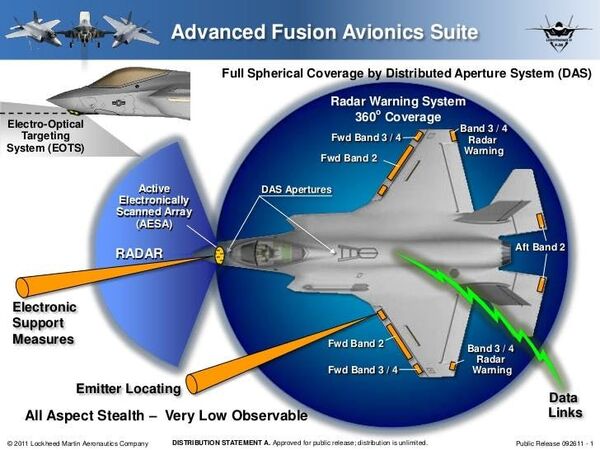It’s a case of getting back to basics: some of the first aircraft, such as balloons and biplanes, were used primarily for artillery spotting. Now, one of the planet’s most advanced stealth aircraft has found itself doing just that.
During an exercise last month at the Doña Ana Range in eastern New Mexico, a USAF F-35A used its wide array of sensors to feed targeting information about a mock air defense system to a unit of US Army M109A6 Paladin mobile howitzers, enabling them to fire at and destroy the target.
“Today we are working with the Air Force and we are testing the ability of the US Army’s field artillery to receive messages from an F-35, a fifth-generation fighter jet, for possible fire missions,” Maj. William O’Neil, who directed the unit’s fire support, said in a statement carried on DVIDS. “While we are using canons today, the M109A6 Paladins, the goal is how we integrate a Tomahawk Cruise Missile and other missile units at the division level into Joint Fires.”
During the drill, the F-35 picked out the air defense system as a target from 30,000 feet up and 30 miles away - a capability vital to ensuring the $100 million plane’s survival. The jet carries an extensive suite of both passive and active sensors designed to “soak up” the mass of signals being emitted from, as well as bouncing off of, all types of targets and potential threats, The Drive’s Warzone reported.

Detecting and identifying those threats, as well as plotting a path through them for the aircraft, is a big part of how the stealthy jet ensures its survival. Further, it communicates this wealth of information to other aircraft in the skies as well as the massive Automated Logistics Information System (ALIS) database back at base, which is used to enhance the military’s awareness of the battlefield.
“The F-35 has proven to be a valuable asset in a denied environment, however the work that was done has opened the door for many other airborne players to participate and help the fight,” said AIr Force Maj. Scott Portue, a pilot with the F-35 squadron that participated in the drill. “Utilizing all firepower available in a theater is mandatory for the success of our forces in any theater. Utilizing the strengths of each asset is key for both survivability and lethality.”
That capability as a sensor sponge led US Air Force Chief of Staff General David Goldfein to tell guests at the Brookings Institution think tank back in February that the service envisioned the F-35 as a “quarterback” on the battlefield, able to “call audibles in real time.”
“If a China or a Russia or another adversary on the globe ever were to see an F-35 inside their airspace, I would love to send them all messages with two words - ‘we're here,’” Goldfein said. "It's not ‘I'm here.’ An F-35 will never be alone."
The November test in New Mexico was effectively proof of this principle. However, it’s not the first time that such capability has been tested: in October 2018, a US Marine Corps F-35B was able to provide targeting information for a HIMARS mobile rocket artillery system during a drill in Yuma, Arizona.
It’s all about “sensor to shooter,” Lt. Gen. Steven R. Rudder, the Corps’ deputy commandant for aviation, told guests at the Center for Strategic & International Studies think tank.




